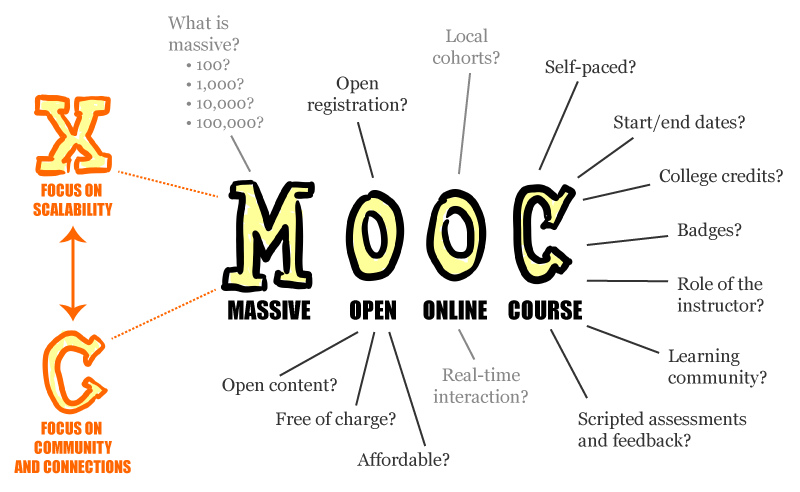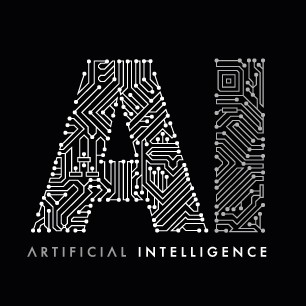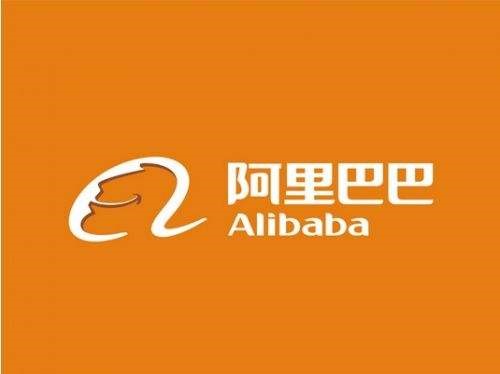In the previous article, we started from both domestic and international perspectives and talked about the importance and scarcity of education, as well as the uneven distribution of educational resources which caused by the gap between the rich and the poor, and regional differences. Under the background of the rapid development of information technology, this article will talk about the contribution of information technology to the popularization of quality education.
1. Social Change Drives Education Progress
First of all, the third scientific and technological revolution is another major leap forward in the field of science and technology after the steam technology revolution and the power technology revolution in the history of human civilization. The third scientific and technological revolution was marked by the invention and application of atomic energy, electronic computers, space technology, and bioengineering, involving fields such as information technology, new energy technology, new material technology, biotechnology, space technology, and marine technology. It is not difficult to see that emerging technologies have penetrated into all areas of society and have promoted the continuous development of society as a whole. Social reforms and developments directly increase the demand for talents, thereby forcing the education industry to increase its own efficiency and transform its traditional model to meet the needs of today’s society.
2. Information Technology Development Alleviates the Scarcity of Educational Resources
The most direct manifestation of the scarcity of educational resources is the scarcity of talents. Especially in some underdeveloped areas, there is not enough attraction to attract talents. However, nowadays, the development of Internet technology makes talents no longer an essential element of education. It also changed the teaching model centered on a professor in the traditional sense. At the same time it also provides information carriers other than books. For example, the popular online course MOOC(massive online course) has become popular in recent years. It has now attracted the participation of more than 190 countries, the registration of more than 5.9 million learners, the joining of more than 80 universities, the sharing of more than 400 courses, and the investment of more than $350 million. Perhaps in the future, any places with networks can enjoy high quality higher education.

3. Development of Information Technology Promotes the Development of Disciplines
Firstly, the development of information technology provides a richer source of information and research tools for the study of various disciplines. For example, supercomputer center, various simulation tools and so on. This is obvious and will not be discussed in detail in this article. On top of this, as the depth of development of various disciplines continues to deepen, the exploration speed of human intelligence becomes slower and slower. The simultaneous emergence of artificial intelligence technology has given this issue a new solution. Today, using artificial intelligence to explore the laws of nature has become a new research direction. Machine intelligence can simulate the human perception and analysis process, and use its own advantages to explore the areas that human intelligence is difficult to reach.

4. The emergence of the digital divide
The science fiction writer William Gibson once said: The future has already emerged, but it has not been evenly distributed. Although the development of information technology can solve the problem of distribution of educational resources from various angles. But not everyone can enjoy Internet resources. In Africa and other backward areas without internet resources, will information technology strengthen the social inequality? This concern is not unreasonable, even in the distant future, even if the Internet is universal. IoT, intelligent teaching and other information technologies are bound to be the same as the economic situation, and differentiation are increasing.
In a word, information technology can solve the problem of popularization of quality education to some extent. The common development of economy, culture and infrastructure is the fundamental solution to this problem.














